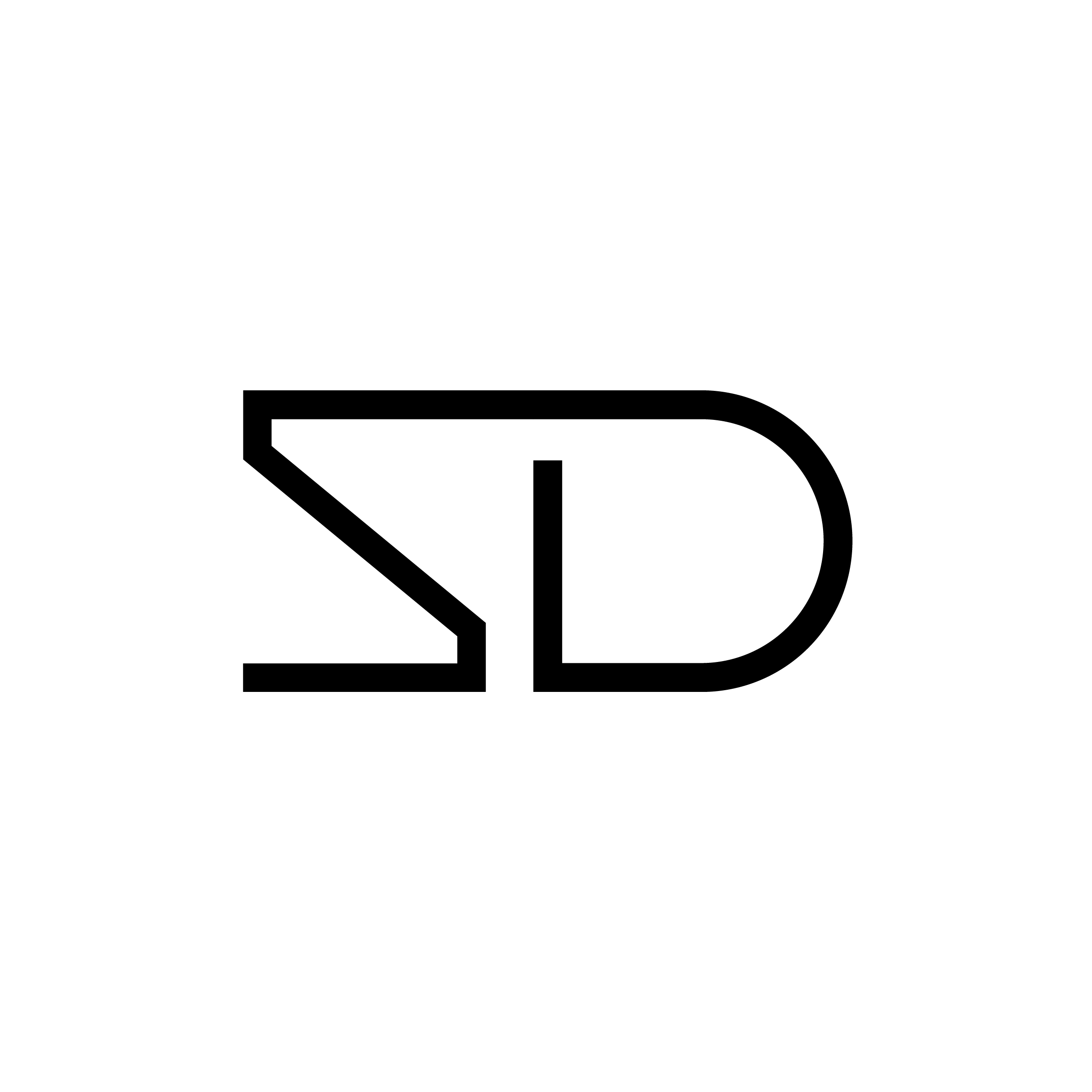The New Viscose
Viscose rayon is a textile known by many names and often marketed as eco-friendly, but it has a complex history. Rayon is a versatile material that goes by many names, including viscose, modal, lyocell, Tencel, acetate, or bamboo. In essence, rayon refers to textiles made from cellulose, which is found in most plants. Although it can be extracted from various natural materials, rayon is typically derived from the wood pulp of pine, eucalyptus, or beech.
Many companies market rayon as an eco-friendly fibre because it is made from renewable resources like trees. Despite this, it remains a big question mark within the industry, how sustainable cutting down trees for textiles can be. In fact, the fashion industry is left wondering if there's a sustainable alternative available at scale.
According to the environmental group Canopy, millions of trees are cut down to produce viscose rayon. The organisation was recently given a $60 million grant by The Audacious Project to accelerate the commercialisation of next-generation viscose created from a range of materials such as cotton waste, coconut water, citrus fruit, wheat straw, corn, molasses, and hemp. At this year’s Future Fabrics expo in London, two new textiles were presented as potential next-generation viscose and we’re truly hoping these can scale.
Circulose

Clothing waste is a particularly promising alternative feedstock because of its abundance, according to Rycroft. However, garments must be made of plant-based materials such as cotton, linen or hemp to be recycled into viscose. At present, technology is focused on processing 100% cotton because it is the most common natural fibre.
The process involves shredding 100% cotton garments, then using chemicals to turn the fragments into a slurry that is bleached and dried to produce sheets of cellulose resembling thick white cardboard. These sheets are then transformed into a viscose substance that is extracted into yarn. The resulting material, known as Circulose, emits 5 fewer tonnes of carbon per tonne of product than traditional viscose and uses 90% less water and fewer chemicals. We’ve analysed Circulose in one of our previous articles this year, which can be found here.
Nanollose

In the context of viscose production, food waste refers to the byproducts of large-scale, industrial food processing, such as fruit peel or remnants of beer brewing.
Nanollose's Nullarbor fibre is a next-generation viscose made from coconut water, a byproduct of coconut processing. To create the cellulose, bacteria are added to the coconut water, which triggers a fermentation process similar to making yoghourt.
The cellulose is then transformed into a viscous substance that is pushed through spinnerets to produce a translucent yarn, which is the staple fibre used in lyocell. Nanollose is currently exploring Indonesia to create commercial quantities of Nullarbor fibre and establish a supply chain and ecosystem around food waste, as the process can be applied to other types of food waste.
As we’ve discussed in previous articles, it really seems as if textiles made from food waste hold the industry’s future in their hands. These, including Nanollose, will most likely be more environmentally preferred and more efficient, as they generally don't require new production of crops and re-use what would otherwise end up discarded. Furthermore, the recycling and disposal of these materials should have no issues behind it, as long as there’s no hazardous chemicals within the production, they should stay biodegradable or even compostable.
[info sourced on theguardian.com, nanollose.com and technofashionworld.com
All images sourced on canva.com]

